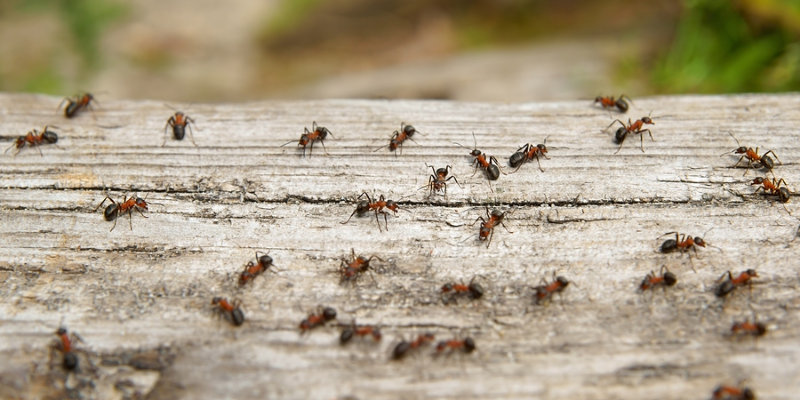The Crazy Ant is also known as Paratrechina longicornis, which are part of the family Formicidae (Ants). These ants are known as Crazy Ants because of their characteristic rapid and erratic movement. The worker ants have extremely long legs, making them relatively easy to identify.

- Yellow Crazy Ants are yellow-brownish in color. They are present in American Samoa, Australia, Brunei, China, Christmas Island, Cocos (Keeling) Islands, Cook Islands, South East Asia, Federated States of Micronesia, French Polynesia, Guam, India, Indonesia, Japan, Kiriabati, Malaysia, Marshall Islands, Mauritius, Myanmar, Northern Mariana Islands, Papua New Guinea, Reunion Island, Samoa, Seychelle Islands, Sri Lanka, Taiwan, Thailand, Tokelau, Tonga, Tuvalu, USA, Vanuatu and the Wallis & Futuna Islands.
- Crazy ants (Paratrechina longicornis) were introduced to the United States from India. Their distribution is limited to the Gulf coast from Florida to Texas. They are easily identified by their long legs and their habit of erratically moving from place to place (hence the name “crazy”). Crazy ant trails are not readily obvious because of this erratic movement. The easiest way to find the nest is to look for workers carrying pieces of food or workers with swollen abdomens. These ants are carrying food back to the nest. By observing their movement, it should be possible to find the nest. Crazy ants are highly adaptable and will nest in a variety of locations, from very dry to moist. They will nest under objects, in rotten wood or trash, in tree cavities, as well as in debris left standing in buildings for long periods of time.
- These ants feed on a variety of foods including grease, sweets, and other insects. In some areas they are considered a biological control agent for houseflies. While crazy ants need moisture, elimination of water by itself will not get rid of these ants since they can survive under a wide range of conditions. Elimination of food sources and nest sites are equally important in the management of this ant.
- Crazy ants do not respond well to baits, so they cannot be relied upon for management of this ant. Surrounding buildings with vegetation-free barriers such as stone or brick (but not wood mulch) will keep ants from entering buildings to nest.
At Longhorn Termite & Pest Control, we get rid of crazy ants for customers in Azle, Weatherford, Benbrook, and Graham, Texas.
